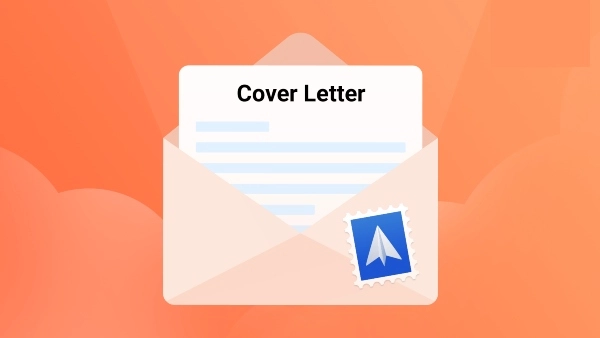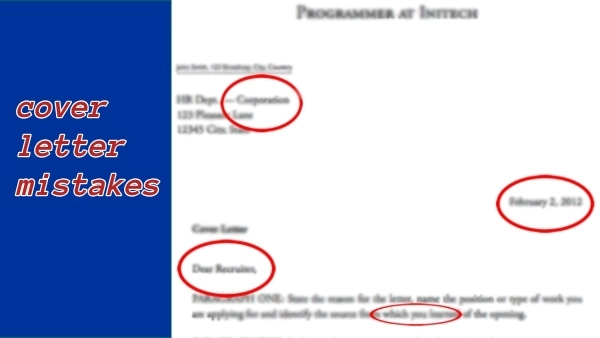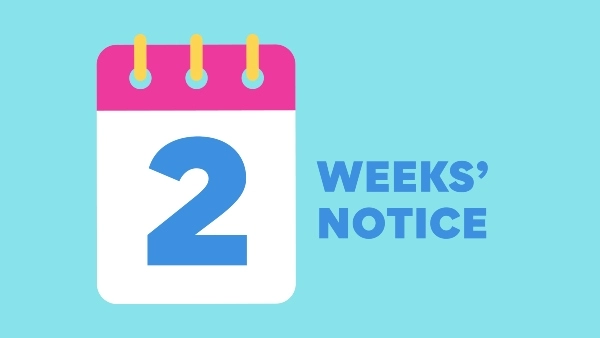
Cover Letter for Career Changers: How to Write a Winning Application
Learn how to write a strong cover letter for career changers. Discover tips, templates, and examples to highlight transferable skills and create a winning application....
Improve your cover letter with expert writing tips, formatting rules, and recruiter-approved strategies to boost your job chances.

Learn how to write a strong cover letter for career changers. Discover tips, templates, and examples to highlight transferable skills and create a winning application....

Discover the top cover letter mistakes that sabotage job applications and learn how to avoid them for a polished, professional, and impactful first impression....

Learn how to write a 2-week notice with professional templates, examples, and tips. Craft a clear, polite resignation letter that protects your reputation and ensures a smooth transition....

Learn how to write a strong LinkedIn recommendation with step-by-step guidance, examples, and templates that highlight skills, achievements, and impact to impress employers....